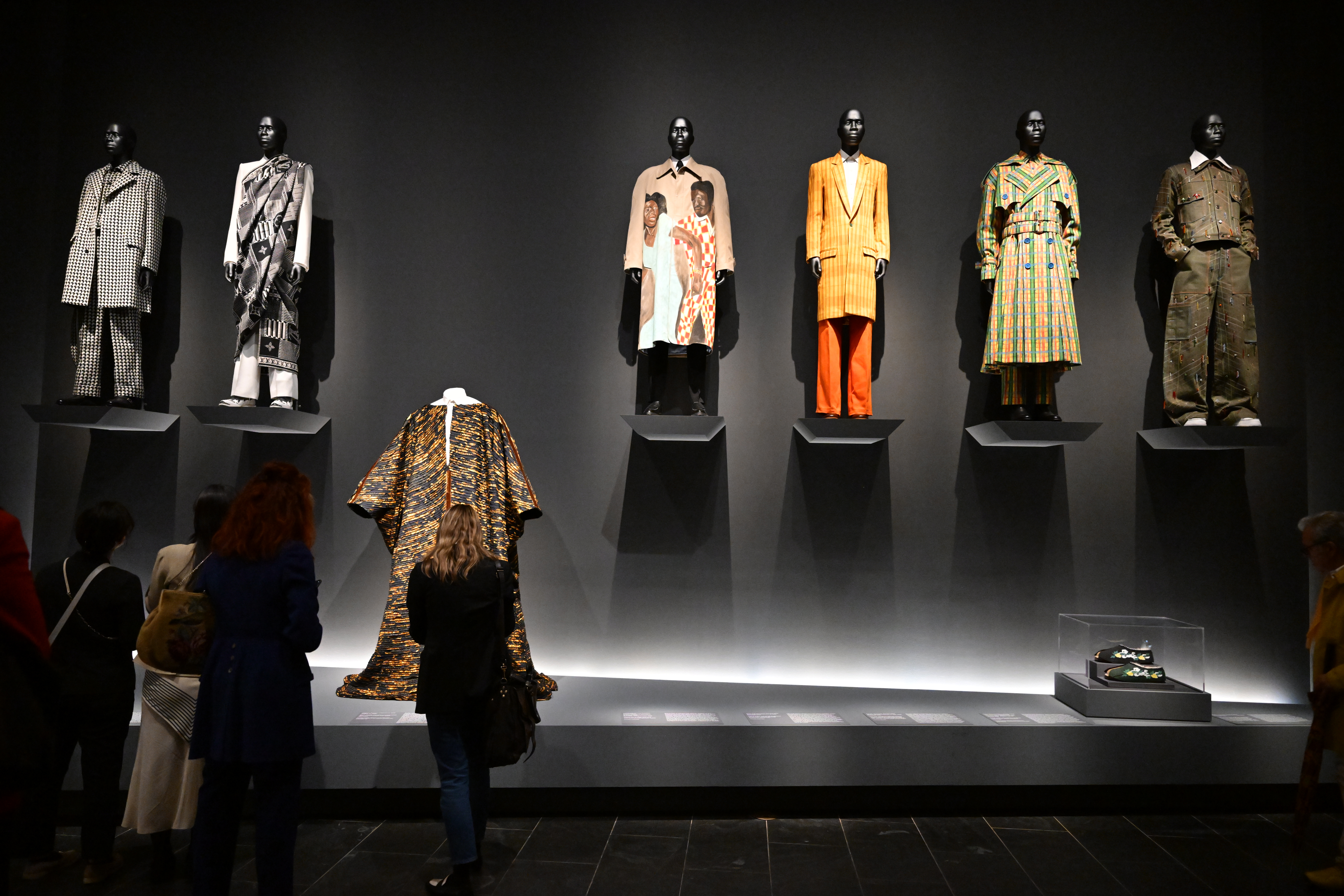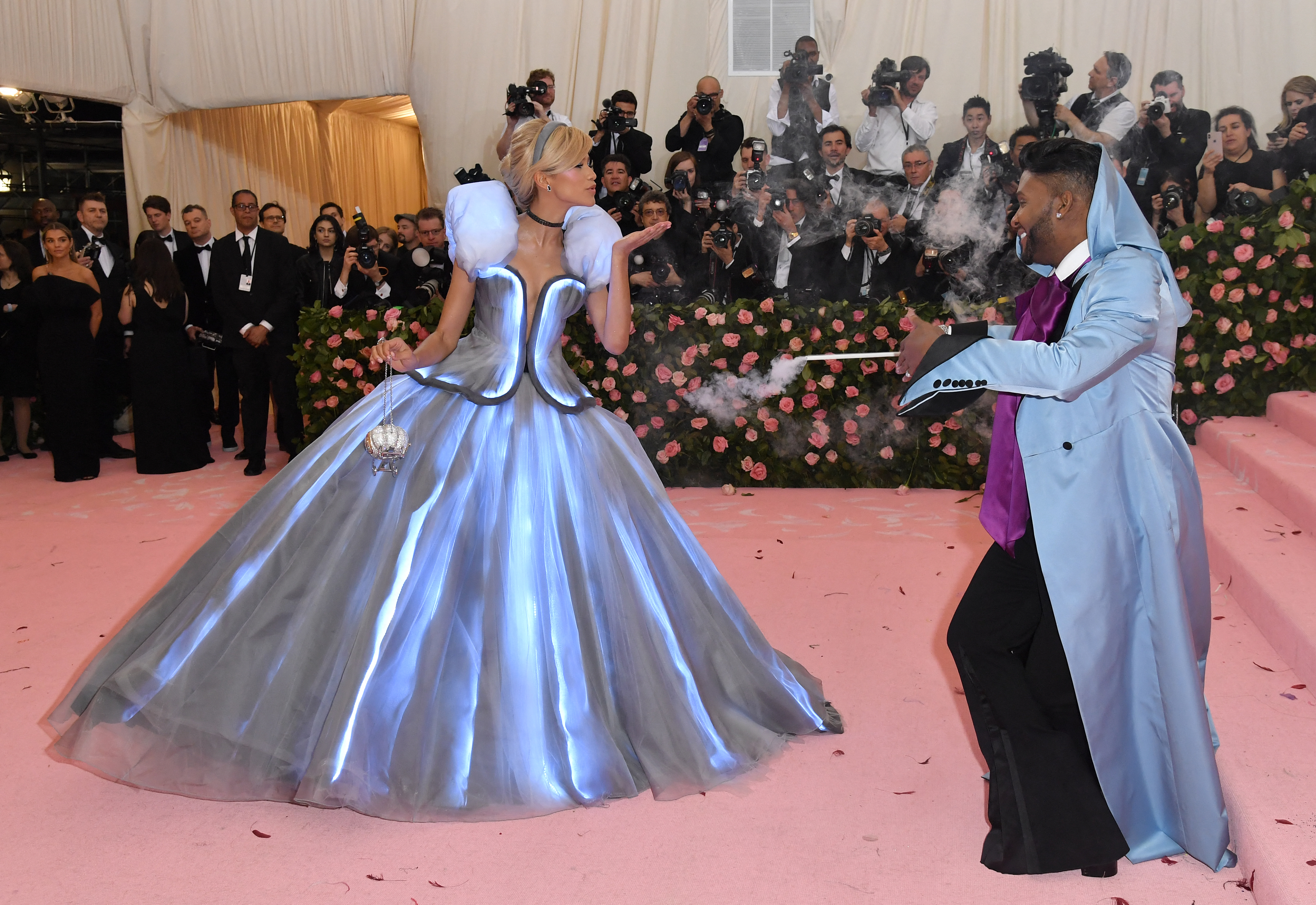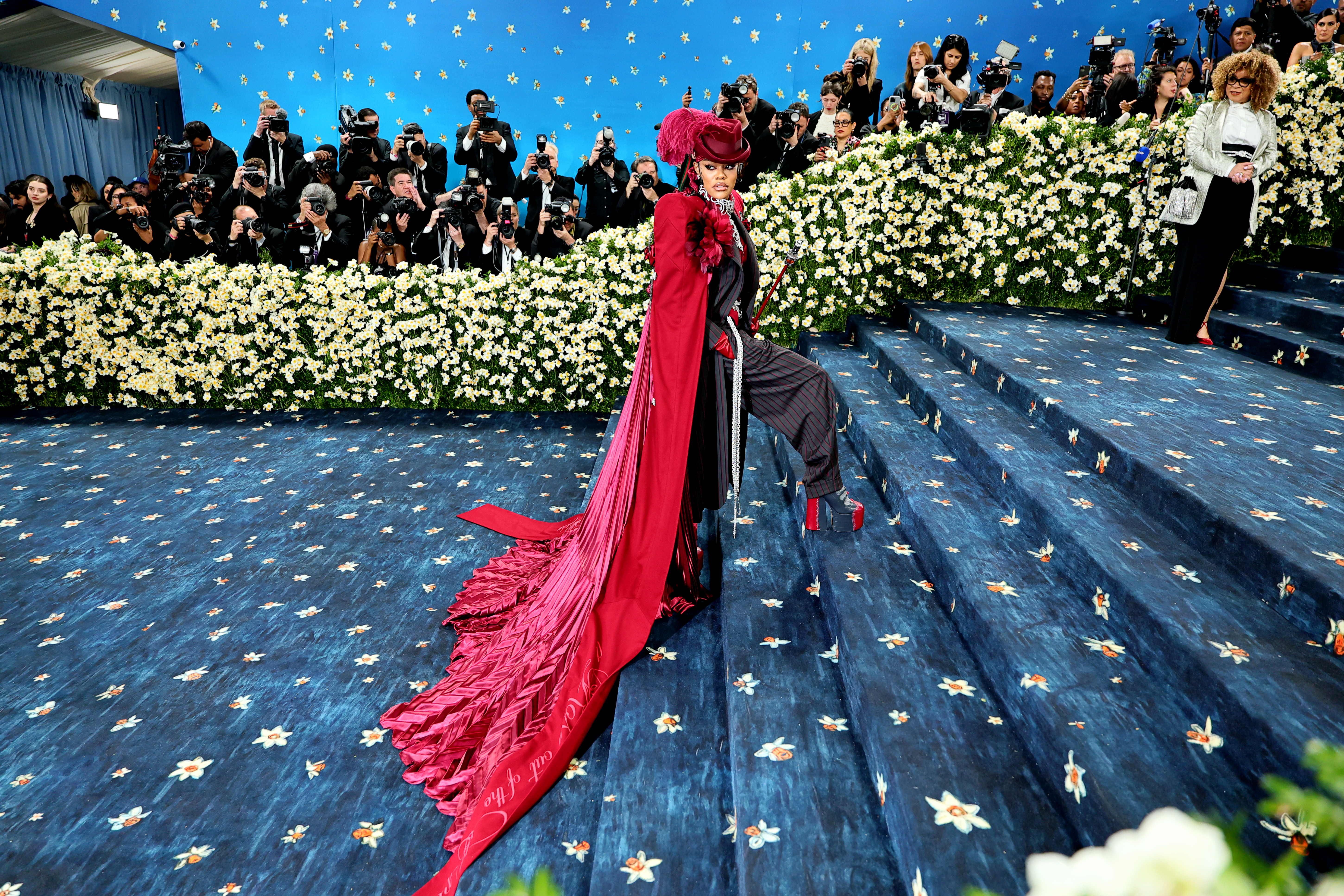Black Dandyism: Inside the Met Gala's 'Superfine' Exhibit
Decoding Black Dandyism: Inside the 'Superfine' Met Gala Exhibit
Unveiling the Superfine: Tailoring Black Style Exhibition
When Jacques Agbobly, a Brooklyn-based fashion designer, received an email from the Metropolitan Museum of Art, it almost seemed too good to be true. Just five years into the business, and one of the world's most prestigious museums wanted to showcase two of his designs in "Superfine: Tailoring Black Style," an exhibit launched alongside the dazzling Met Gala. Talk about a dream come true! But what exactly is Black Dandyism, and how does it tie into this groundbreaking exhibition? Let's dive in and unravel the threads of this fascinating movement.
What is Black Dandyism? A Definition
Black Dandyism is much more than just dressing well. It's a cultural statement, a form of self-expression, and a powerful declaration of identity within a society that often tries to confine and define. Think of it as sartorial defiance, a way for Black men and, increasingly, Black women, to reclaim their narratives and challenge preconceived notions through exquisitely crafted and thoughtfully chosen clothing. It's not simply about looking good; it's about feeling powerful, dignified, and undeniably themselves.
The Roots of Dandyism
To understand Black Dandyism, we need to acknowledge its historical context. The original Dandyism emerged in 19th-century Europe, primarily as a reaction against the rigid social structures of the time. Men, often from backgrounds outside the aristocracy, used their clothing to assert their individuality and challenge the established order. Black Dandyism, however, layers on an additional layer of complexity, addressing issues of race, representation, and historical oppression.
Superfine: Tailoring Black Style - A Deep Dive
"Superfine: Tailoring Black Style" isn't just another fashion exhibit; it's a celebration of artistry, resilience, and the enduring power of self-expression. It showcases the incredible craftsmanship and creativity of Black designers and tailors, highlighting their unique contributions to the world of fashion. Think of it as a vibrant tapestry woven with threads of history, culture, and undeniable style.
Beyond the Clothes: A Cultural Commentary
This exhibit is so much more than just clothes on mannequins. It's a conversation starter. It compels viewers to consider the ways in which fashion can be used as a tool for resistance, a means of empowerment, and a platform for social change. It asks us to question the very definition of "style" and to recognize the often-overlooked contributions of Black artists and designers.
The Significance of Jacques Agbobly's Inclusion
Jacques Agbobly's inclusion in the "Superfine" exhibit is a testament to his talent and vision. Growing up in Togo, watching seamstresses and tailors create beautiful garments, Agbobly was instilled with a deep appreciation for the art of tailoring. His designs are a reflection of his heritage, his experiences, and his unwavering commitment to craftsmanship. It's like his story is woven into every stitch.
From Togo to the Met: A Journey of Dreams
Agbobly's journey from watching the Met Gala carpet from afar to having his own designs displayed in the Met is truly inspiring. It's a reminder that dreams, no matter how audacious, are within reach with hard work, dedication, and a little bit of faith. His story is a beacon of hope for aspiring designers everywhere.
The Hallmarks of Black Dandyism
So, what are the defining characteristics of Black Dandyism? While there's no single "look," there are certain recurring themes and motifs that distinguish it from other styles:
- Emphasis on Tailoring: Impeccably tailored suits, jackets, and trousers are staples.
- Attention to Detail: From pocket squares to cufflinks, every accessory is carefully considered.
- Mixing and Matching: Unexpected pairings of patterns, textures, and colors are encouraged.
- Statement Pieces: Hats, shoes, and other accessories are often used to make a bold statement.
- A Sense of History: Drawing inspiration from historical figures and cultural traditions.
More Than Just Clothes: It's an Attitude
Ultimately, Black Dandyism is about more than just the clothes themselves; it's about the attitude and the confidence with which they are worn. It's about owning your identity, celebrating your individuality, and challenging the status quo. It's about presenting yourself to the world on your own terms.
Key Figures in Black Dandyism
While the "Superfine" exhibit features many talented designers, it's important to recognize some of the key figures who have paved the way for Black Dandyism to flourish. Names like André 3000 (of Outkast), Dapper Dan, and contemporary figures such as Kerby Jean-Raymond of Pyer Moss are all influential in shaping this style.
Dapper Dan: The Harlem Legend
Dapper Dan, in particular, is a true icon. He redefined luxury fashion in the 1980s and 90s by creating custom designs for hip-hop artists and celebrities, often incorporating high-end logos and materials. He faced significant challenges but ultimately persevered, leaving an indelible mark on the fashion world. His story is a testament to the power of creativity and resilience in the face of adversity.
The Intersection of Fashion and Identity
Black Dandyism beautifully illustrates the complex relationship between fashion and identity. Our clothes are not just coverings; they are extensions of ourselves, expressions of our personalities, and statements about who we are and what we believe in. Fashion, in its most powerful form, can be a tool for self-discovery and self-expression.
Reclaiming the Narrative
For Black men and women, fashion can also be a way to reclaim the narrative and challenge negative stereotypes. By dressing with intention and style, they are asserting their dignity, their creativity, and their right to be seen and heard. It's about taking control of their own image and defining themselves on their own terms.
The Future of Black Dandyism
What does the future hold for Black Dandyism? It's likely that we'll see even more diversity and innovation within the movement as designers and individuals continue to push boundaries and challenge conventions. As long as there are societal norms to question, and identities to celebrate, Black Dandyism will endure.
A Continued Celebration of Black Creativity
The "Superfine" exhibit is a significant step forward in recognizing and celebrating the contributions of Black designers and artists. It's a reminder that Black creativity is not a trend, but a vital and enduring force in the world of fashion. Hopefully, it will inspire future generations of designers to pursue their dreams and to use their talent to make a difference.
Visiting the 'Superfine' Exhibition: What to Expect
If you have the opportunity to visit the "Superfine" exhibition, prepare to be inspired. Be ready to see meticulously crafted garments, learn about the history of Black Dandyism, and reflect on the power of fashion as a form of self-expression and social commentary. It's an experience that will stay with you long after you leave the museum.
Engaging with the Art
Take your time to appreciate the details of each garment, to read the accompanying descriptions, and to consider the stories behind the designs. Allow yourself to be moved by the artistry and the passion that went into creating these incredible works of art. After all, what's fashion if you can't appreciate the artistry that goes into it?
Conclusion: Black Dandyism - A Lasting Legacy
Black Dandyism is more than just a style; it’s a powerful movement. The “Superfine: Tailoring Black Style” exhibition at the Met Gala serves as a pivotal moment, acknowledging the significant contributions of Black designers and tailors to the world of fashion. It's a celebration of self-expression, a reclamation of identity, and a testament to the enduring power of creativity. As Jacques Agbobly's journey exemplifies, dreams can come true, and fashion can be a powerful tool for social change. The movement encourages us to question, challenge, and celebrate individuality, reminding us that fashion is not just about what we wear, but how we wear it and the stories we tell through our style.
Frequently Asked Questions
- What are the key elements of Black Dandyism?
Black Dandyism emphasizes tailored clothing, attention to detail, mixing unexpected patterns, and making bold statements through accessories. It's also about confidence and owning one's identity.
- How does Black Dandyism differ from traditional Dandyism?
While both emphasize style and individuality, Black Dandyism adds a layer of racial identity and resistance, challenging stereotypes and celebrating Black culture.
- Who are some influential figures in Black Dandyism?
Influential figures include André 3000, Dapper Dan, Kerby Jean-Raymond (Pyer Moss), and many other designers and individuals who express themselves through unique and stylish clothing choices.
- What is the significance of the "Superfine" exhibition?
The "Superfine: Tailoring Black Style" exhibition is significant because it's the first Costume Institute exhibit to focus specifically on the contributions of Black designers and tailors, highlighting their talent and artistry.
- How can I incorporate elements of Black Dandyism into my personal style?
Start by focusing on well-tailored pieces that fit you well. Don't be afraid to experiment with colors, patterns, and accessories. Most importantly, wear your clothes with confidence and express your individuality.


